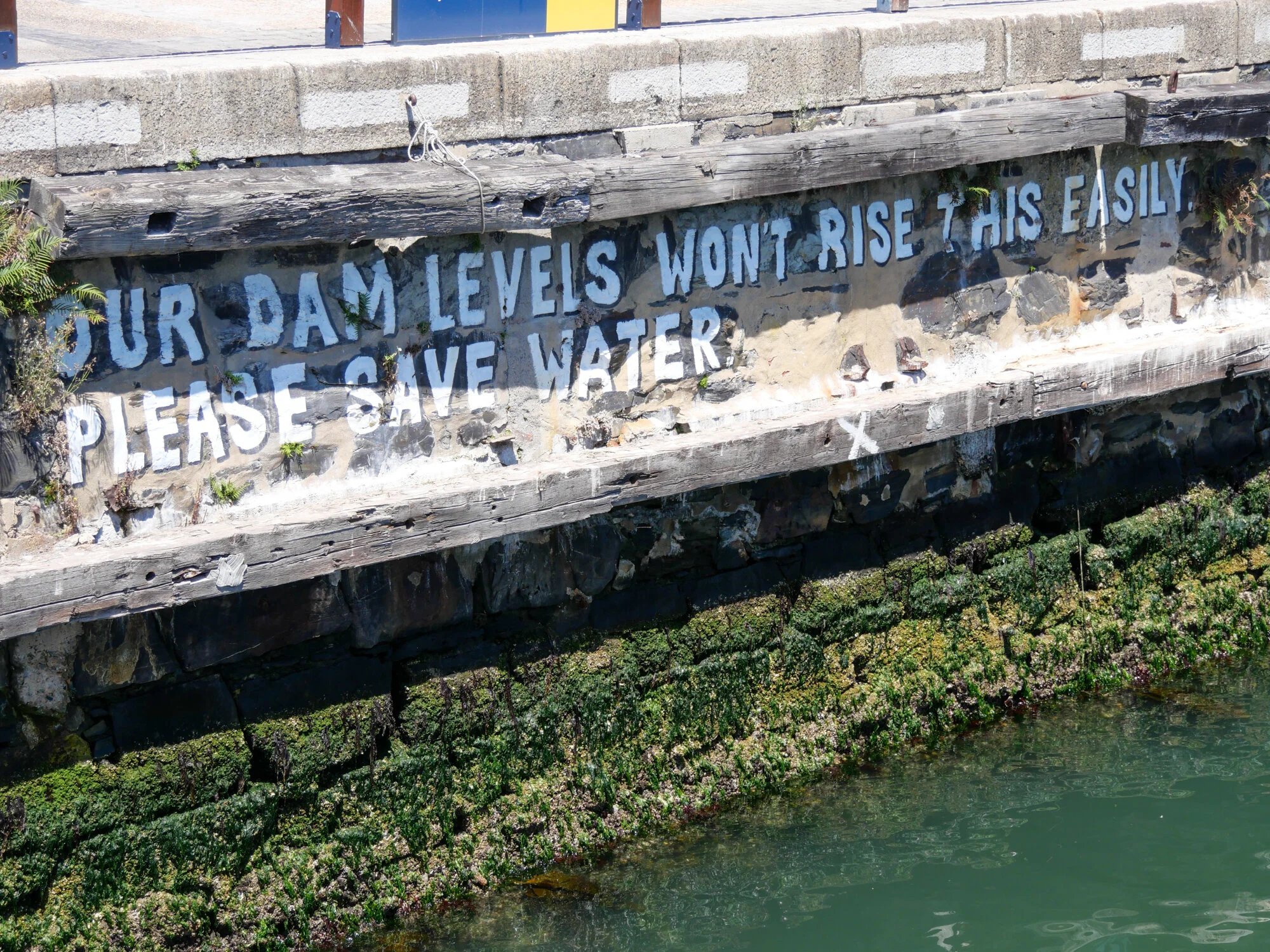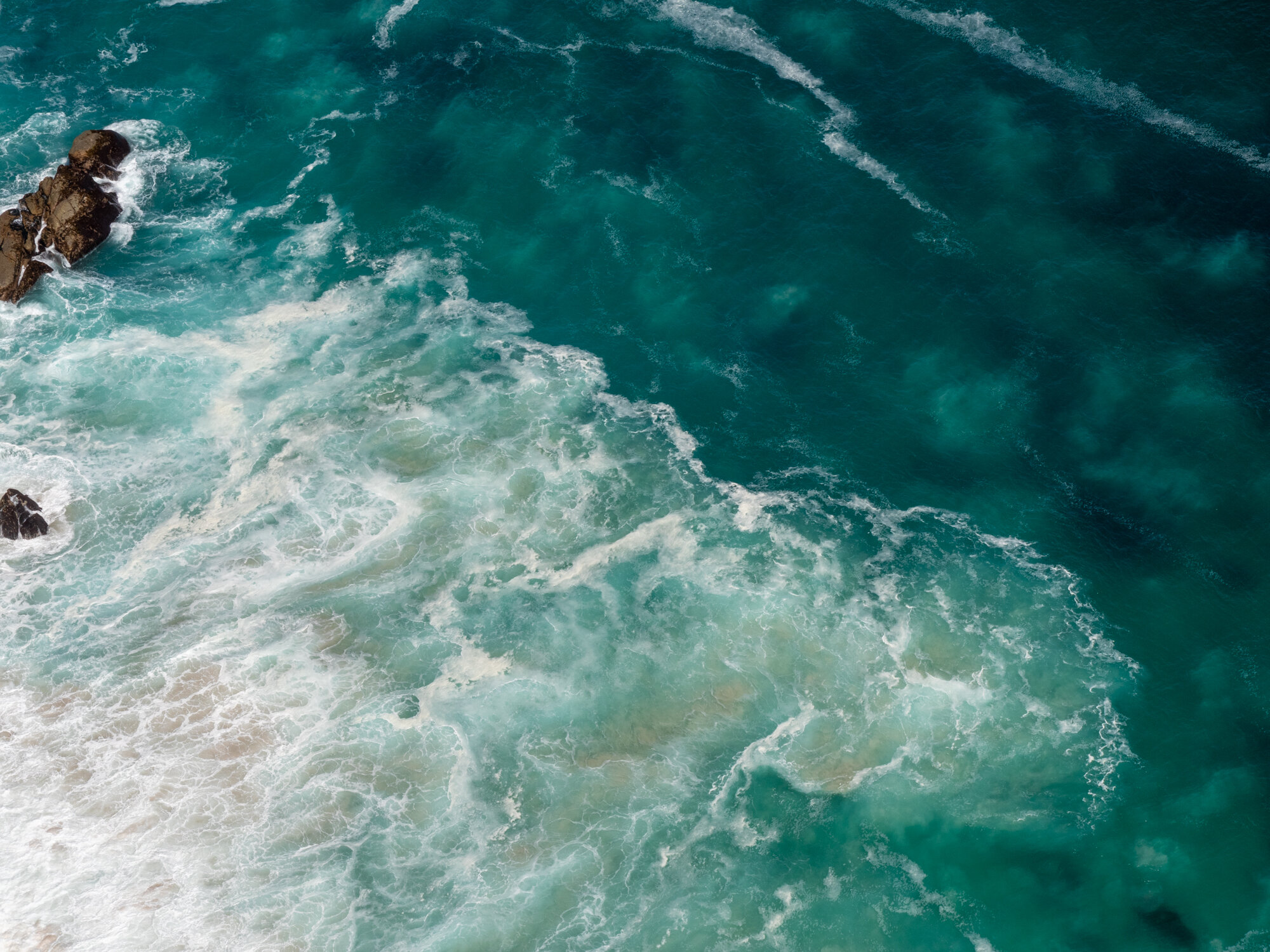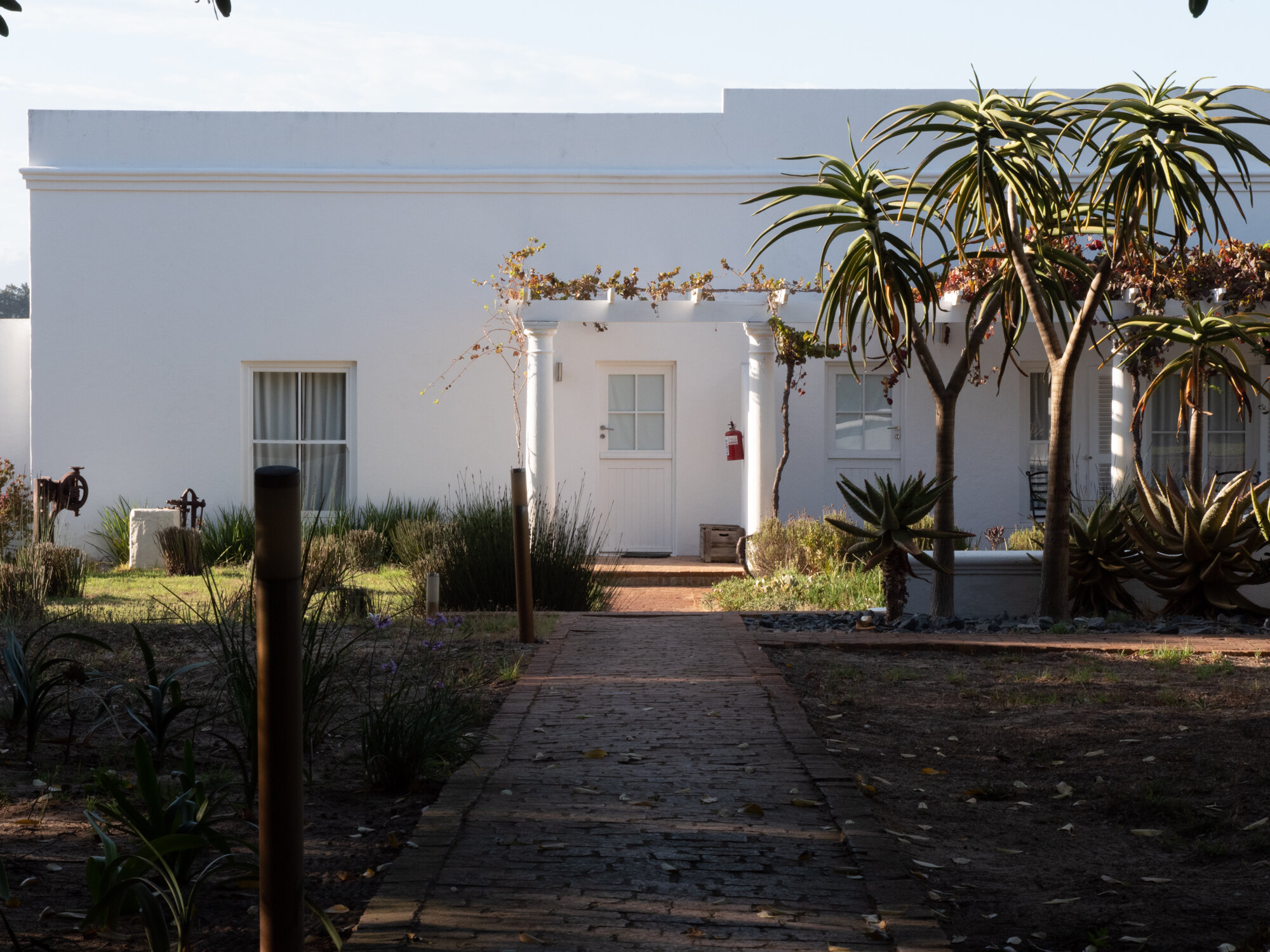Exploring South Africa's Western Cape with Trevor Noah
DESTINATION: Cape Town, South Africa
DATES: 11. February 2020 - 19. February 2020
REASON FOR TRAVEL: PLEASURE
MODES OF TRANSPORT: PLANE (Austrian & Edelweiss), TAXI, CAR RENTAL
Cape Town City Bowl from Table Mountain
Cape Town: The Mother City
When you land at Cape Town International Airport, you’re greeted with signs calling Cape Town the “Mother City.” Though I have not found the exact reason for this, some explanations I have found suggest it has to do with Cape Town being the “first” city in Africa. I put first in quotations because it was the first colonial city in Africa, but Africa had cities elsewhere on the continent before Europeans started navigating around the continent. Another theory says that it is called the “Mother City” because of the immediate feeling of home that people get in the city. I like this reason because it sums up how I felt while visiting the city. The familiar attitude of Capetonians, coupled with the climate and the geography make you feel welcomed.
Where cultures meet
Despite South Africa’s troubled history, Cape Town remains a city that attracts people from around the world and as such is a mixing bowl of cultures. Among people identifying with the more than ten ethnic groups of South Africa excluding people White South Africans, Asians, and identifying as “other, ” you’ll find immigrants from around the globe. The coming together of cultures gives the city a vibrant metropolitan flare.
Maartens Guesthouse at 6 a.m.
We stayed at Maartens Guesthouse in Fresnaye and were warmly received despite arriving after 1 a.m. The next morning, our host Maarten welcomed us again and gave us tips on where to eat and things to see. We also met Mathias, a German architect, who had lived and worked in Cape Town for two years and since then visits the city yearly. Meeting fellow travellers at breakfast is one of the experiences that guesthouses afford over AirBnBs. I was happy to make Mathias’ acquaintance as the following day we got up early for a 6 a.m. trek to the top of the Lions Head. (For some reason South Africans do not use the possessive apostrophe, which I think might come from the Afrikaans influence on their English).
We spend the first day walking around Cape Town in the sweltering sun going along the shore from Fresnaye to the Victoria and Albert Waterfront and then enjoying some local gin and tonics on the rooftop patio of the Silo Hotel. After quenching our thirst and having some nibbles of local olives, we visited the Zeitz Museum of Contemporary Art Africa (MOCAA), which has some intriguing pieces, but which I enjoyed more for the architecture and seeing how a grain silo could be reclaimed. I would highly recommend the guided tour to help give perspective to the building and the art.
About a fifteen-minute walk from the V&A Waterfront you’ll find the colourful houses of Bo-Kaap. The history of this township dates back to the 1760s where rental houses were built here for slaves. The rental houses were all painted white; however, as slaves gained their freedom and purchased the rental units, they painted them bright colours as an expression of their newfound freedom.
Drives of a Lifetime
Before heading off to South Africa, I downloaded Trevor Noah’s autobiographical Born a Crime as an audiobook to listen to while we drove around parts of the Western Cape. After finally getting our rental car, we started listening to stories of Trevor’s childhood near Johannesburg, South Africa. He does a splendid job of giving the reader/listener a historical, cultural and political context as well. From stories that will bring you to near tears with sadness, anger and laughter, I can’t imagine a better book to listen to while driving and seeing the sights.
From the airport, where we picked up our car, we drove south to the shores of False Bay and followed the M4 around the Cape Peninsula. Our first stop was Boulders Beach to see the penguins. These little Jackass penguins are not afraid of people, and there is even a section where you can swim with them. The rookery has a strong smell that while not disgustingly offensive, is far from inviting and after an hour or so, you’ll have seen about all there is to see. Entry to the National Park costs R160/adult (approx. $10).
From there we headed to Cape Point and the Cape of Good Hope. The shoreline and the mountains are stunning and can be appreciated thanks to the unusually slow speed limit. Entering National Park at the Cape, you’ll need to reach into your wallet again for R320/adult (approx $20). Foreign visitors pay substantially more for the parks. You can prebook tickets and see prices here.
The drive along the Cape Peninsula is a drive that keeps getting better. As you make your way back to Cape Town, you’ll pass the picture-perfect Slangkop Lighthouse. After Kommetjie, take the M6 to Chapmans Peak Drive for one of the most breathtaking drives in the world. This mountain road snakes along the cliff-face with sheer drops to the ocean and offers spectacular views of Hout Bay and The Sentinel. Chapmans Peak Drive is a toll road and costs some R50 (approx. $3.50). Once you arrive in Hout Bay, stopping in at Mariners Warf is a pleasant experience. If front, you might see a seal or two.
Chapmans Peak Drive
If you can hold your hunger for an additional thirty minutes, I would suggest dinner at the Codfather in Camps Bay, which may be the most expensive meal you have in South Africa, but it is worth it. The service is fantastic, and the fish is served market-style - fresh and by weight. You can have it served with potatoes or rice. It’s simple, but the freshness and selection of fish and seafood as well as their extensive wine list will make the restaurant a highlight of your trip. Either before or after, take in the sunset at the beach in Camps Bay.
Parks and Peaks
The geography of the Cape are stunning, and for those less interested in experiencing the city, I can highly recommend the trek to the top of the Lions Head (670m). The entire journey up and down will take you around 2 hours. Because it gets hot and the sun is brutally powerful, I recommend an early morning or early evening ascent. If you’re doing it in the evening, bring a flashlight as the sun sets quickly and you do need to watch your footing.
Table Mountain from the top of Lions Head
A trip to Cape Town is probably not complete without going to the top of Table Mountain. Geologically, this iconic mountain is over 600 million years old, making it six times older than the Himalayas. You can either take the cable car to the top or hike. For the cable car, it is advised that you prebook your pass. Expect to wait at least 30 minutes to go up on the rotating gondola. At the top, there are numerous hikes you can do as well as gift shops and restaurants. While there are many ways to the top, I think the Platteklipkloof way looked like the nicest and dramatic for reaching the top through a deep crack in the mountain.
Another sight that is worth visiting to get a full appreciation for the biodiversity of the Western Cape is the Kirstenbosch National Botanical Gardens. Considered one of the top seven botanical gardens in the world, Kirstenbosch has a focus on proteas, heaths, amaryllis, and orchids. The gardens are extensive, and anyone can spend hours wandering through different floral landscapes.
Poverty & Power
While Cape Town feels familiar and very European, just kilometres outside of the city you’ll drive past Townships, vast stretches of land covered in plywood and corrugated tin sheets. A remnant of apartheid, these underdeveloped areas are still home to thousands of people who do not have access to adequate plumbing (sanitation), electricity and safety. One can only hope that solutions will be found to these issues. Listening to Trevor Noah’s stories while seeing this, puts things into perspective, and you understand that for a majority of the population things have improved. With apartheid having ended less than 30 years ago, it will surely be a long road yet.
Apart from the poverty that one encounters so close to highly developed areas, South Africa also has an energy problem. There is not enough electric power for the country to be continuously on the grid. This lack of power means that the state has imposed rolling-blackouts. As a tourist, you are likely to be caught off-guard, while the locals have apps that tell them the windows when they can expect the power to be cut off. Interestingly though, is even when the power is turned off, life continues as usual. The credit card machines (battery-powered and connected to the mobile network) continue to run, and so does life. During a power outage, you’ll need to be extra vigilant because many people are crossing the streets or walking and biking along the roads and highways.
Driving into wine country (Vyeboom)
Wine Country
If you’ve ever bought a South African wine, you’ve probably encountered the regions of Stellenbosch or Paarl. These wine areas are about an hour from Cape Town and more inland. Set against a backdrop of jagged peaks, I would say there is no other wine region with so many wineries of the superlative. Each one looks more grandiose than the last. From a winery with a cheetah reserve to one with antique cars and others with spas, the wine country of the Western Cape deserved more time than we had.
We took a round-about way into the wine region driving along highway 2 over Sir Lowry’s Pass then through Grabouw to the R321 and around Riviersonderend and then the R45 over the Franschhoek Pass into Franschhoek. The sights from the viewing points are awe-inspiring, and you feel like you are looking at the promised land.
In Franschhoek, on the advice of our friends, we visited Dieu Donné vineyards and had a nice tasting of three of their wines accompanied by a large cheese platter. Franschhoek (literally French Corner) was settled by French Huguenots and has a French feel to it.
Hawksmoor House
Our guesthouse for the second half of the trip was Hawksmoor House outside Stellenbosch. Set about one kilometre back from R304, this boutique hotel is located on a working farm. The house and many of the surrounding buildings date back to the late 1600s and early 1700s. Since 2004, the buildings belong to Mark Borrie who along with his partner Simon Olding. Hawksmoor House’s beauty and character are highlighted by the antique furnishings that are no doubt, thanks to Simon’s career as an antique dealer.
We stayed in the Grey Room, in a former servants’ lodge that has been wonderfully restored with a patio offering views across the vineyards to Simonsberg. Another pleasant way to spend the time is sipping on some Chenin Blanc by the poolside with views straight onto Table Mountain.
Like our stay at Maartens Guesthouse, at breakfast, we met fellow travellers. We spoke to a couple from the Netherlands, who had travelled extensively through Africa, this time coming from Namibia to South Africa and who knew many of the surrounding vineyards and were familiar with Hawksmoor House.
Simonsberg and vineyards
Wineries
According to Top Wines South Africa, there are 170 wineries listed as Stellenbosch wine producers. If you start to take into account the wineries in Franschhoek and Paarl (109), that number surely jumps to over 300. With our friends, we visited the Lanzerac estate, which is also a spa hotel and restaurant. We enjoyed a wonderful lunch in a luxurious setting, but the small plates left something to be desired. The piripiri (peri-peri) was not very spicy, and the sauces were too dominating. We had planned on a two-hour lunch and spent four hours there, which speaks on the one hand for the speed of service and on the other for the quality of the location. To be clear, we found the service to be slow, but it is the type of place where you’re happy to spend more time.
More Dutch Colonial architecture at Peter Falke’s Wine Estate
After lunch, we went to Peter Falke’s Wine Estate, where we were treated to a wine tasting of nine wines. If you think you recognise the Falke name, you do. It’s the same Peter Falke, who makes the socks and stockings. The tasting room is gaudy, but the garden is stunning. The wines in the top segment are solid; those in the lower price segment were lacklustre.
At the wineries, you’ll encounter people who know their stuff. They’ll tell you the percentage of the grape varietals in each blend and give you an accurate description of the wine. It’s nice to hear more than: “This is our Chenin Blanc. It’s dry and fruity and goes well with fish.” At the wineries we visited we got more: “This is our 2017 Chenin Blanc. It was a hot year, so the grapes had more sugar than usual which knocked down the acidity. You’ll still get a blast of pineapple with vanilla and oak notes on this rich Chenin. Because it has a nice body, it pairs well with richer white meats like pork or lobster.”
Tulbagh & Oudekloof
We also had the opportunity to visit the Oudekloof Wine Estate in Tulbagh, about an hour and a half drive from where we were staying. Thanks to an invite by Andrew and Christine Jaeger, we were able to discover this lovely winery. It also features several houses and two pools for guests. From the estate, visitors have a panoramic view of the Land van Waveren mountain basin. The Jaegers also own a stunning Dutch Colonial restaurant in Tulbagh named Paddagang Eethuis En Fijne Wijne.
One of the highlights of our trip was having an exclusive wine tasting on top of the Roodezand Pass, at 382m on Obiqua mountain. The views over the basin at sunset were breathtaking. Though the wind was howling, we found shelter behind some rocks where we tasted our way through their collection of wines. Each wine has a humorous take on the grape varietal that fits the motto of the vineyard: “Serious wine by not so serious people.”
Back to Trevor
During our time in the Western Cape, we drove some 850km over seven days. During that time we listened to all 8 hours and 45 minutes of Trevor Noah’s book, Born a Crime. Trevor’s story takes place mostly in-and-around Johannesburg (some 1’400km away from Cape Town). Still, the context Trevor gives of South Africa’s complex and vibrant history as well as the political and cultural turmoil during his childhood will provide anyone with context for their visit to South Africa.
What I enjoyed about Trevor’s account, was that he tells the stories with self-reflection, understanding and compassion. The book is full of food for thought with comments like teaching a man to fish is all fine and good, but he still needs a fishing pole if he’s going to catch that fish.
Conclusion
One week in South Africa is not enough - it is hardly enough time to scrape the surface of Cape Town and the surrounding area. That said, I’m glad we stayed in two places and saw some of the highlights of Cape Town and the Wine Country.
Tips & Suggestions
Rent a car
Use Uber (as much as we don’t agree with Uber’s business practices it will save you money.)
If you use a taxi agree on a price before getting in the cab (Airport to Downtown Cape Town should be about R200-R250)
Get Revolut and pre-load with money. (You can use cards almost everywhere and you’ll always get a copy of your receipt)
Wear sunscreen
Tip the parking guards
Be generous
Go to the Fat Butcher in Stellenbosch (make a reservation)
Wear a hat
Try the local gins
Don’t buy wine at the airport (either buy at the vineyard or use Vivino to find in your home country)
Shorten your showers & preserve water
Where we went


























































